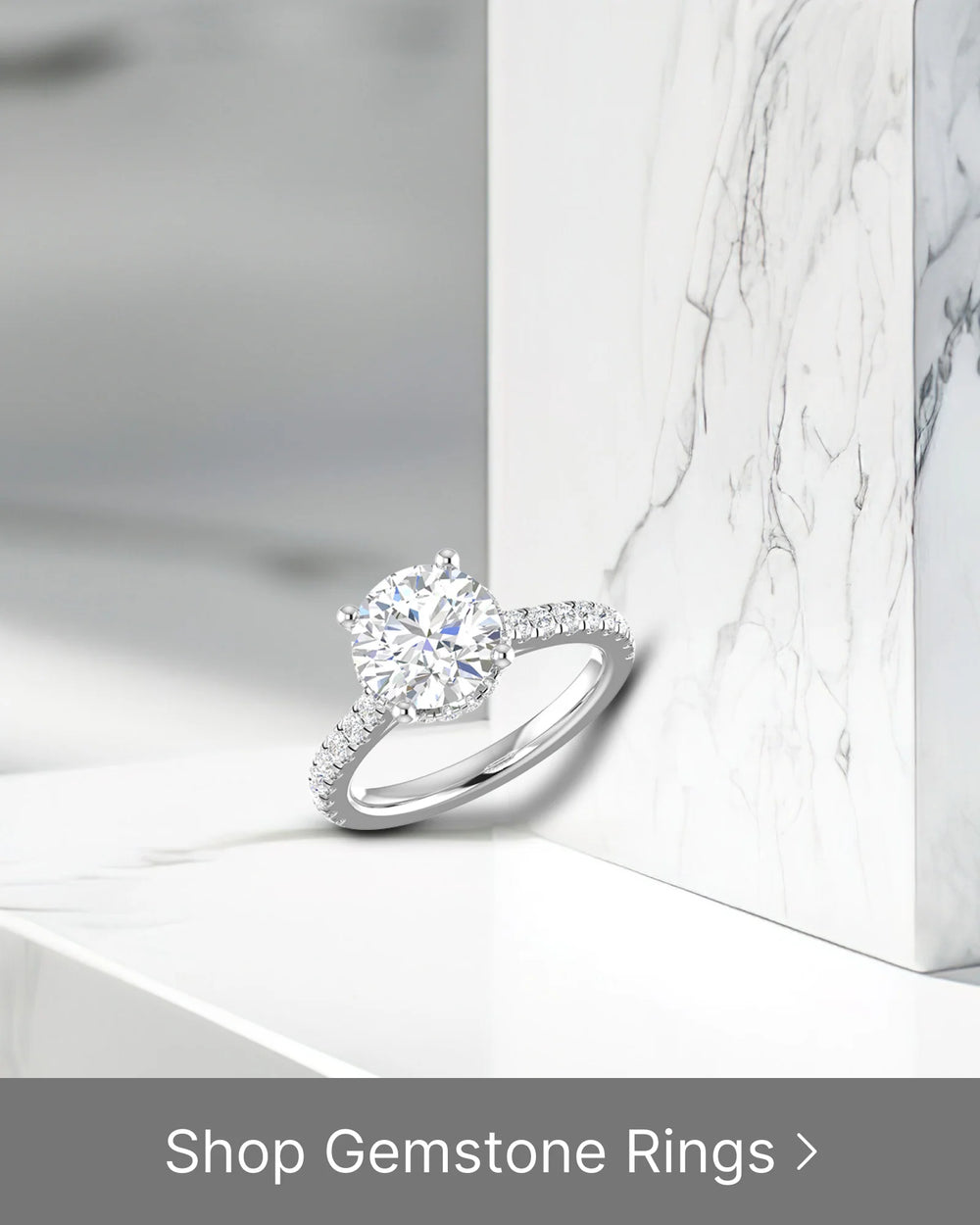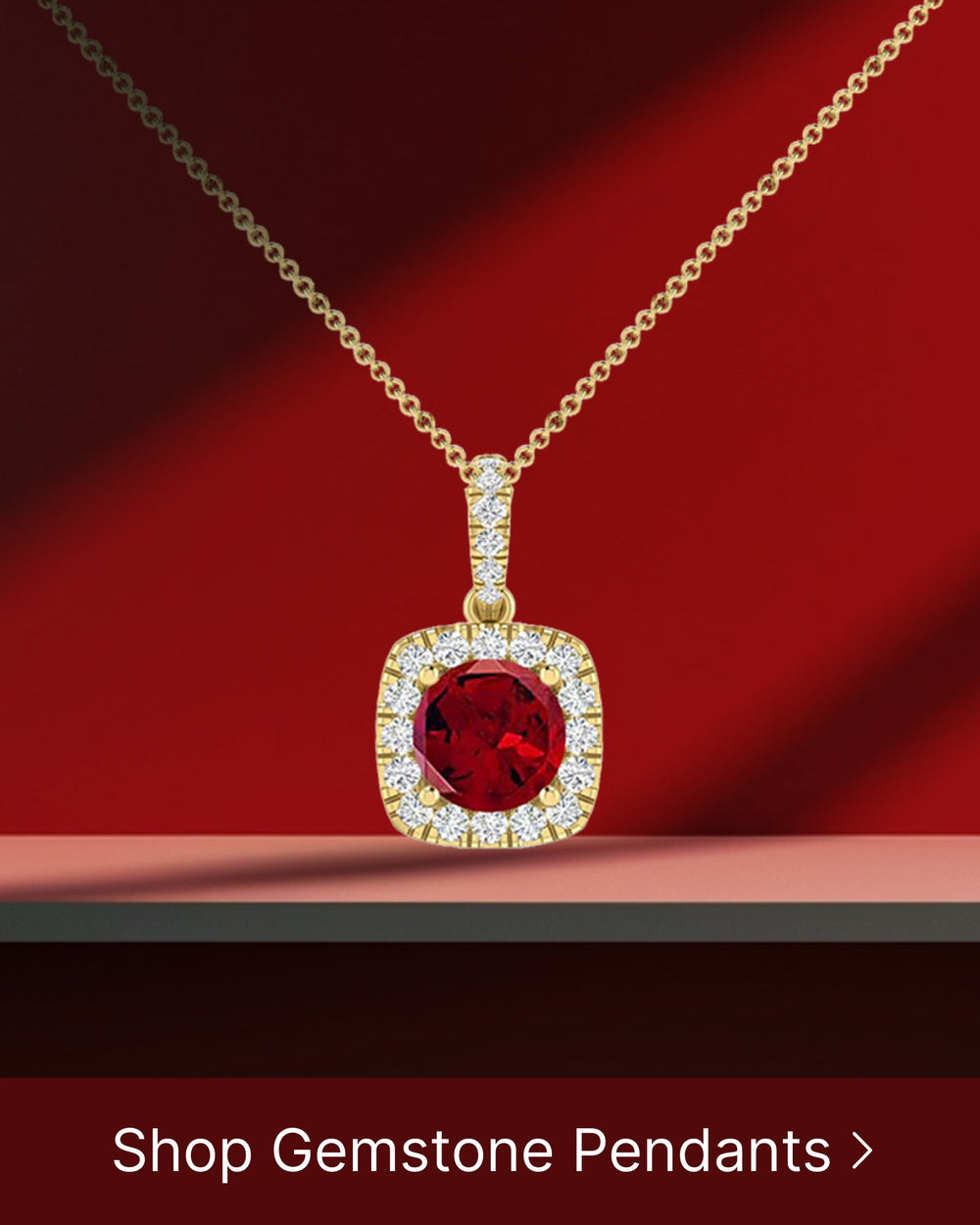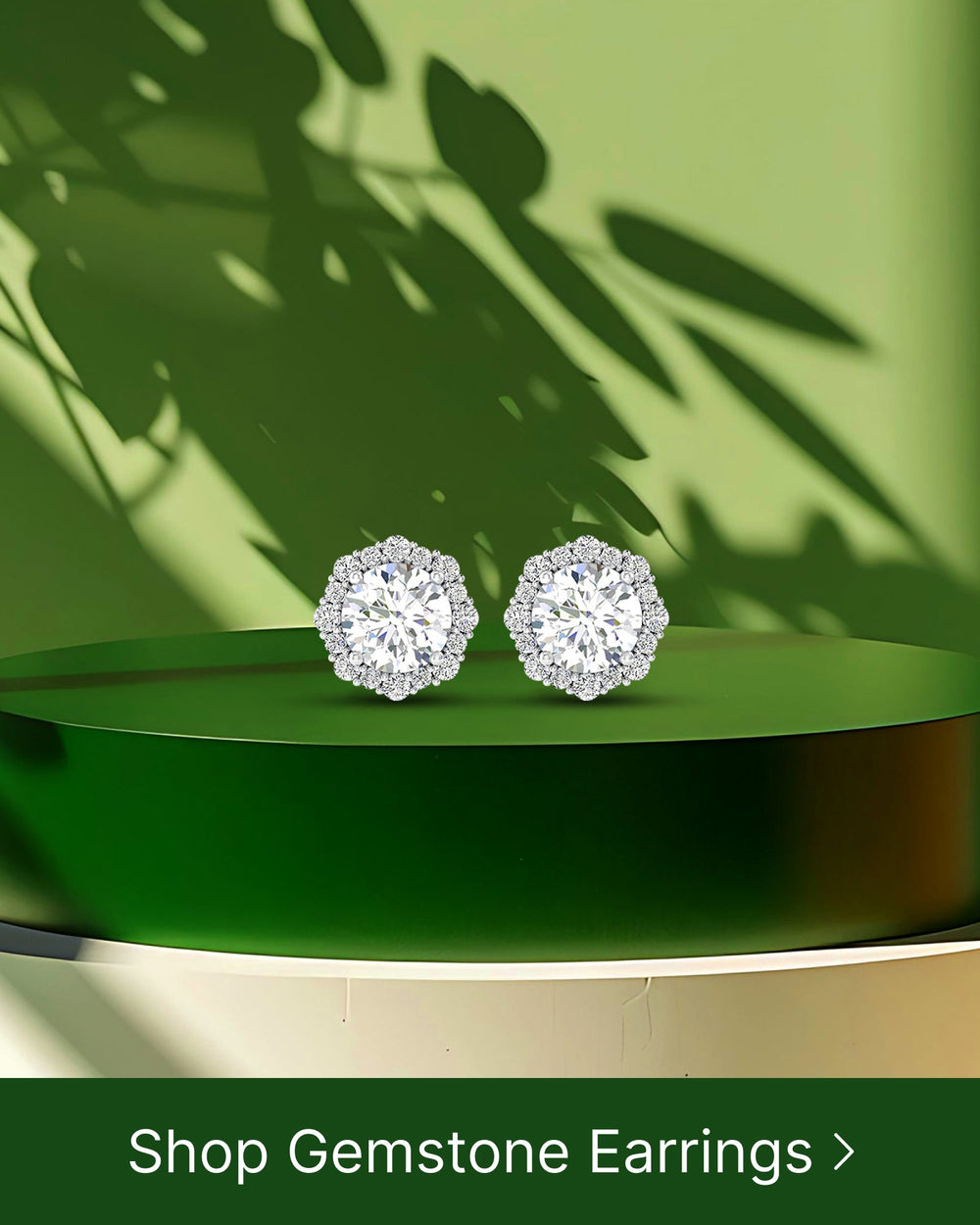Akoya and freshwater pearls are two popular types of pearls that are widely used in jewelry making. While both types possess their unique qualities and appeal, they also have distinct differences that set them apart. In this article, we will explore the characteristics, formation process, quality, value, and care requirements for both Akoya and freshwater pearls, enabling you to make an informed decision when purchasing pearl jewelry.
Understanding Pearl Types
Pearls are organic gemstones formed within the soft tissue of certain mollusks, primarily oysters and mussels. They are created as a result of a natural defense mechanism in response to an irritant or foreign object that enters the mollusk. Over time, layer upon layer of nacre is secreted, eventually resulting in the formation of a pearl.
Pearls have captivated humans for centuries with their exquisite beauty and timeless elegance. They have been treasured as symbols of wealth, power, and purity in various cultures throughout history. From ancient civilizations to modern-day fashion, pearls have remained a symbol of sophistication and grace.
The process of pearl formation is truly fascinating. When a foreign object, such as a grain of sand or a parasite, enters the soft tissue of a mollusk, it irritates the delicate mantle. In response, the mollusk secretes a substance called nacre, also known as mother-of-pearl, to coat the irritant and protect itself. Layer upon layer of nacre is deposited, gradually forming a pearl.
Defining Akoya Pearls
Akoya pearls are highly coveted for their lustrous appearance and perfect roundness. They are primarily cultivated in saltwater environments, primarily in Japan and China. The unique combination of the mollusk species and the pristine water conditions in these regions contribute to the exceptional quality of Akoya pearls.
When it comes to Akoya pearls, perfection is the key. These pearls are meticulously cultivated and hand-selected to ensure only the finest specimens make it to the market. Their symmetrical shape and mirror-like luster make them a favorite among pearl connoisseurs and jewelry enthusiasts.
One of the defining characteristics of Akoya pearls is their size. They are typically smaller compared to other types of pearls, ranging from 2mm to 10mm in diameter. However, what they lack in size, they make up for in quality. Akoya pearls are known for their uniformity in size and shape, making them ideal for creating classic and elegant pearl jewelry pieces.
Defining Freshwater Pearls
On the other hand, freshwater pearls are formed in freshwater mollusks, predominantly in rivers and lakes. These pearls offer a unique charm with their irregular shapes and a wide range of colors. Unlike their saltwater counterparts, freshwater pearls exhibit a natural diversity that appeals to those seeking a more organic and artistic look.
Freshwater pearls come in various shapes, including baroque, button, and coin shapes, adding a touch of individuality to each pearl. Their colors range from white and cream to pastel shades of pink, lavender, and peach. This versatility allows jewelry designers to create stunning pieces that cater to different styles and preferences.
Another advantage of freshwater pearls is their affordability. Due to the abundance of freshwater mollusks and their ability to produce multiple pearls at once, freshwater pearls are more accessible to a wider range of consumers. This accessibility has made them a popular choice for both casual and formal jewelry, allowing individuals to enjoy the beauty of pearls without breaking the bank.
The Formation Process
The formation process of pearls is a fascinating journey that involves the delicate interaction between nature and human intervention. Let's explore how Akoya pearls and freshwater pearls are formed in detail.
How Akoya Pearls are Formed
Akoya pearls, renowned for their exquisite luster and perfection, are cultivated through a meticulous process that begins with the insertion of a small bead, known as a nucleus, into the oyster. This process is carefully performed by skilled pearl farmers, who delicately open the oyster's shell and place the nucleus inside.
Once the nucleus is inserted, the oyster's natural defense mechanism is triggered. It starts secreting layers of nacre, a combination of calcium carbonate and organic substances, around the nucleus. Layer upon layer, the oyster gradually covers the nucleus with nacre, creating a pearl.
This intricate cultivation process requires patience and attention to detail. The oysters are carefully monitored and nurtured in pristine environments, ensuring they have optimal conditions for pearl formation. Over several months, the oyster continues to deposit nacre, gradually forming a beautiful Akoya pearl.
During this period, various factors can influence the pearl's quality and characteristics. The water temperature, salinity, and the oyster's health all play a crucial role in determining the final outcome. Skilled pearl farmers closely observe these factors, making adjustments when necessary, to ensure the pearls develop with the desired luster and perfection.
How Freshwater Pearls are Formed
Unlike Akoya pearls, freshwater pearls are formed through a different process that does not involve the use of a bead nucleus. Instead, small pieces of tissue, known as mantle tissue, are inserted into the mollusk, encouraging it to secrete layers of nacre around the tissue, gradually forming a pearl.
This technique allows for the creation of a larger number of pearls per mollusk compared to the Akoya pearl cultivation process. Freshwater pearl farmers can implant multiple pieces of mantle tissue in a single mollusk, maximizing the yield of pearls.
The mollusks used for freshwater pearl cultivation thrive in freshwater environments such as rivers, lakes, and ponds. These mollusks have adapted to survive in these habitats, developing unique characteristics that contribute to the formation of freshwater pearls.
Similar to Akoya pearls, the cultivation of freshwater pearls requires careful monitoring and maintenance. Pearl farmers ensure that the mollusks have access to clean water and a suitable diet to support healthy pearl formation. The mollusks are nurtured for a longer period compared to Akoya pearls, allowing the pearls to grow to a larger size.
As with any pearl cultivation process, the quality of freshwater pearls can vary depending on environmental factors and the care provided by the pearl farmers. Skilled farmers employ their expertise to create an environment that promotes the growth of high-quality pearls, resulting in a diverse range of shapes, sizes, and colors.
Both Akoya pearls and freshwater pearls are the result of a delicate and intricate process that combines the efforts of nature and human intervention. The dedication and expertise of pearl farmers ensure that these pearls possess the beauty and allure that have captivated people for centuries.
Physical Characteristics
Akoya pearls and freshwater pearls are both beautiful and unique in their own ways. Let's explore their physical characteristics in more detail.
Size and Shape Differences
Akoya pearls typically range in size from 6mm to 8mm, though larger pearls can also be found. These pearls are renowned for their perfect roundness and symmetrical shapes, which are highly sought after by pearl enthusiasts. The precision and uniformity of their shape make them a timeless choice for jewelry.
On the other hand, freshwater pearls offer a wider range of sizes, typically ranging from 6mm to 12mm. These pearls can have irregular shapes such as baroque or button-shaped. The unique and organic shapes of freshwater pearls add a touch of individuality and charm to any piece of jewelry they adorn. Each freshwater pearl is a one-of-a-kind creation, making them a favorite among those who appreciate the beauty of natural imperfections.
Color Variations
Akoya pearls have a classic color range of white, cream, and slightly pink shades. These pearls are known for their smooth, clean surfaces and uniform coloring. The lustrous sheen of Akoya pearls is often described as a delicate glow, adding an elegant touch to any outfit or occasion.
Freshwater pearls, on the other hand, offer a wider array of colors to choose from. In addition to the classic white shades, freshwater pearls can be found in soft pink, lavender, and even peacock hues. The vibrant and diverse color palette of freshwater pearls allows for endless creative possibilities when it comes to designing jewelry. Each color variation adds a unique personality to the pearls, making them a versatile choice for both casual and formal wear.
It's important to note that freshwater pearls often have surface imperfections, such as tiny blemishes or irregularities. These imperfections, known as "nature's fingerprints," give each freshwater pearl its own character and story. They are a testament to the pearl's journey and growth, making them all the more special and authentic.
Quality and Value
Evaluating Akoya Pearl Quality
When assessing Akoya pearls, several factors determine their quality and value. These include their size, luster, surface quality, shape, and color consistency. The more uniform and desirable these characteristics are, the higher their quality and value.
Assessing Freshwater Pearl Value
For freshwater pearls, value is determined by factors such as size, luster, surface quality, color, and shape. While larger pearls with high luster and minimal surface imperfections are generally considered more valuable, the unique shapes and color variations of freshwater pearls also add to their overall appeal.
Care and Maintenance
Caring for Akoya Pearls
Akoya pearls are delicate and require special care to maintain their luster and beauty. It is recommended to avoid contact with chemicals, perfumes, and hairspray. After wear, gently wipe them with a soft cloth to remove any oils or debris. Additionally, storing them in a soft pouch or separate compartment will protect them from scratches. Regular cleaning with mild soap and water is also advised.
Maintaining Freshwater Pearls
Although freshwater pearls are relatively more durable, they still require proper care to ensure their longevity. Similar to Akoya pearls, avoid exposing them to chemicals or harsh substances. After use, wipe them with a damp cloth to remove any impurities. Storing them separately in a soft pouch is recommended to prevent scratching. Periodic cleaning with mild soap and water will help maintain their natural beauty.
In conclusion, when comparing Akoya and freshwater pearls, it's important to consider factors such as their formation process, physical characteristics, quality, and care requirements. Akoya pearls are known for their lustrous roundness, while freshwater pearls offer a range of sizes, shapes, and colors. Ultimately, the choice between these two types of pearls depends on personal preference and desired aesthetic. With proper care, both Akoya and freshwater pearls can be cherished and enjoyed for generations to come.




